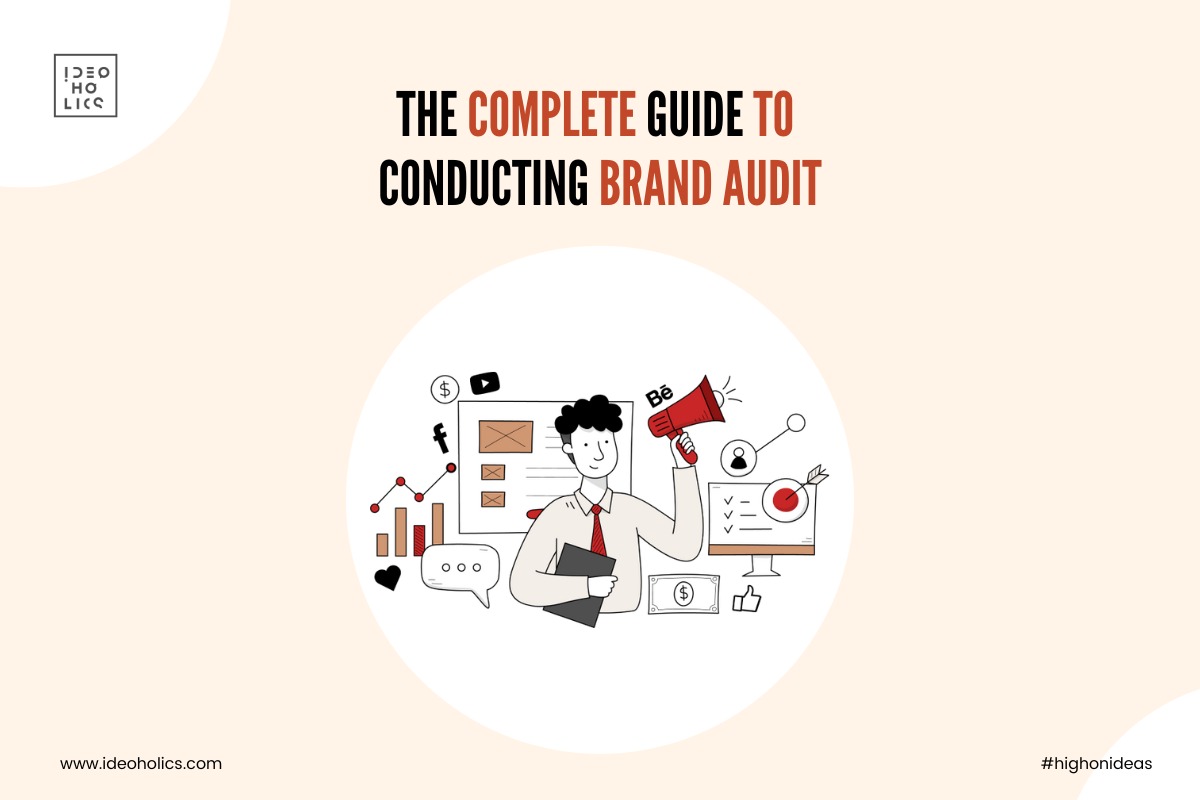
The Complete Guide to Conducting a Brand Audit
Conducting a brand audit is crucial for assessing the current state of your brand and identifying areas for improvement. Here’s a comprehensive guide to conducting a brand audit:
1. Define Objectives and Scope
• Objectives: Determine why you are conducting the audit (e.g., rebranding, improving brand perception, assessing consistency).
• Scope: Define which aspects of the brand will be audited (e.g., visual identity, messaging, customer perception).
2. Gather Information
• Internal Stakeholder Interviews: Interview key personnel (e.g., marketing, sales, customer service) to understand internal perceptions and goals.
• External Stakeholder Feedback: Gather customer feedback through surveys, reviews, and social media to gauge external perceptions.
• Competitive Analysis: Analyze competitors’ branding strategies, positioning, and market share to benchmark against your brand.
3. Review Brand Assets
• Visual Identity: Evaluate logos, colors, typography, and design consistency across all brand materials (website, packaging, marketing collateral).
• Messaging: Review brand messaging, taglines, tone of voice, and how well they align with brand values and target audience.
4. Assess Brand Perception
• Brand Awareness: Measure brand recognition and recall among target audiences.
• Brand Associations: Identify the key attributes and values associated with your brand by customers and stakeholders.
5. Evaluate Brand Strategy
• Brand Positioning: Assess how your brand is positioned in the market relative to competitors.
• Brand Architecture: Review the structure of brand extensions and sub-brands to ensure clarity and consistency.
6. Digital Presence Audit
• Website: Evaluate user experience (UX), navigation, content quality, and mobile responsiveness.
• Social Media: Analyze engagement levels, content relevance, and consistency across different platforms.
7. Measure Brand Performance
• Metrics: Use KPIs (Key Performance Indicators) such as brand equity, customer loyalty, market share, and brand sentiment to quantitatively assess brand health.
8. SWOT Analysis
• Strengths: Identify strong aspects of your brand.
• Weaknesses: Highlight areas needing improvement.
• Opportunities: Discover potential areas for growth or expansion.
• Threats: Evaluate external factors that could impact your brand negatively.
9. Identify Recommendations
• Action Plan: Based on audit findings, outline actionable recommendations for enhancing brand consistency, messaging, and perception.
• Implementation Timeline: Create a timeline for implementing recommended changes and assign responsibilities.
10. Monitor and Adjust
• Review Cycle: Establish a periodic review cycle (e.g., annually) to monitor brand performance, reassess strategies, and make adjustments as needed.
By following these steps, you can conduct a thorough brand audit that provides valuable insights into your brand’s strengths, weaknesses, and opportunities for growth, ultimately helping to strengthen your brand’s position in the market.







